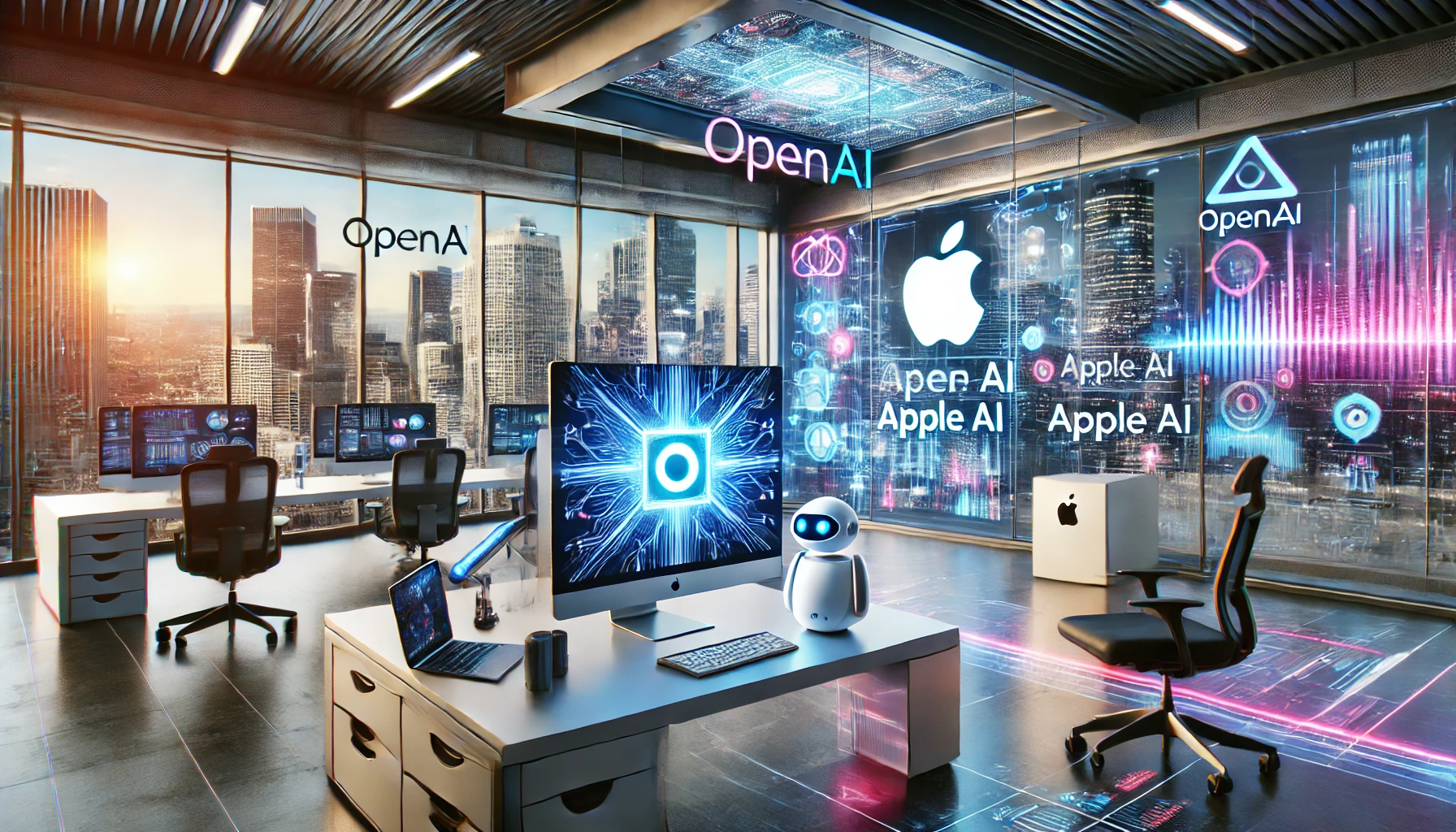Artificial intelligence (AI) is driving industry, innovation and human interaction in extraordinary ways – and some of the leading organizations driving this revolution are OpenAI and Apple. Yet, the two companies have made significant strides in developing AI, and there are major disparities between the two companies’ AI developments and what they are ultimately focused on. Not only that, but AI isn’t just transforming how companies produce tech, but how the tech itself is transforming cybersecurity too. OpenAI’s and Apple’s recent AI developments will fundamentally shift how cybersecurity is conducted by organizations and individuals based on the new AI tools and methods of prevention and response that are under development to protect us.
GPT-4 and Codex
A vast leap in the field of natural language processing (NLP) occurred with the release of GPT-4. Standing on the shoulders of two prior GPTP-series models, GPT-4 represented improved performance in all the core tasks: it understood more of what it read, remembered context more effectively, and had a higher level of creativity than its predecessors. GPT-4 could write essays and poems, write lines of human-sounding code, and perform more complicated thought problems.
Following GPT-3, OpenAI has continued to innovate, building in features that make GPT-4 more practical and user-friendly by training the model to handle ambiguous queries better, facilitate consistent multi-turn conversations, and exhibit greater sensitivity to context.
OpenAI’s flagship product, Codex, closely relates to GPT-3, as it’s a variant that’s been fine-tuned for programming. Codex powers GitHub Copilot, an AI-powered code autocomplete tool that acts like a developer’s assistant. If you write an instruction in natural language, the tool will often offer an appropriate code snippet, including functions or even whole modules, as an autocomplete suggestion. This makes writing code easier, lowers the barrier to entry for new programmers, and boosts the productivity of existing ones.
Yes, Codex can help you guess at the next line of code to complete that spreadsheet, but more importantly, it can help educate someone doing that; both by shaping their understanding of what the programming task entails and by diagnosing errors in their code. In this sense, Codex is about extending, as OpenAI’s mission statement promises, ‘access to artificial general intelligence for everyone’.
Proactive Threat Intelligence
With this information, OpenAI systems could scan threat intelligence data from darknet forums, social media, and cybersecurity publications. This would allow organizations to understand new threats better and identify patterns that could warn of imminent attacks. Once additional solutions are rolled out, analysts could even use conversational and exploratory interfaces to tap into the models’ cybersecurity knowledge and base questions on it. This could help analysts compare the procedures used by attackers, discover previously undetected system vulnerabilities, or lead them to new effective mitigation strategies. Additionally, systems generated with these models can sift through text, highlight relevant excerpts from long and challenging threat reports, and quickly flag red-herring content that adds no value to the investigation.
Models such as OpenAI’s Codex might also be used to automatically generate incident response playbooks and scripts to respond to a specific type of threat. Where humans have fine-grained skills interacting with diverse investigation avenues and threat types, future automation will excel at filling in the gaps with repeatable synthetic actions to minimize attack efficacy and time-to-contain. Businesses will then have considerably more time to remediate incidents before they turn into long-lasting breaches.
Apple: Integrating AI into Everyday Life
Apple’s approach is about embedding AI into an ecosystem of Apple hardware and services, whereas OpenAI focuses on pushing the frontiers of research and standalone AI models. Apple prioritizes lived experiences and privacy-preserving AI apps over hardcore research.
The virtual personal assistant that shipped with the iPhone, Siri, has changed radically to take advantage of machine learning and natural language processing to improve voice recognition and add contextual responses and proactive suggestions. Everything is processed on the device itself, keeping users’ data private and ensuring that it never leaves their devices. This is a trait of all of Apple’s AI.
Aside from Siri, Apple weaves AI into the fabric of its operating systems: the Photos app, for instance, can recognize faces and objects, or the predictive text feature in iOS, or the health monitoring functionality of the Apple Watch – all involving complex AI algorithms that function silently in the background.
Behavioral Analysis
Another one of Apple’s AI applications relates to behavioral analytics, an important area of AI development when it comes to tackling the so-called ‘insider threat’ – that is, the danger that arises when a member of staff compromises an organization’s systems in some way, such as stealing sensitive information. The basic principle is simple: if you are authorized to access your employer’s systems, this generates a baseline of behavior. If AI detects that this baseline has been altered by any user – for instance, by that user logging in from an unusual location or at an unprecedented time – it can flag that account as a potential security risk. At that point, specialists can intervene and hopefully limit any potential damage.
Conclusion
These new AI frameworks and tools mean that OpenAI and Apple, among other companies, are already shaping what it will mean to live in the AI age. OpenAI is transforming how everyday people can interact and work with AI through its generative models and developer tools; Apple is integrating AI into virtually every device it makes, from your laptop and phone to your AirPods. OpenAI and Apple are at the forefront of the AI revolution and form just one part of a larger push by technology companies to master AI and bring it to everyone in the world.

